The Importance of Data Storytelling Pt 1
/Listen to the Episode
Subscribe to the Podcast
Episode Summary
Storytelling has a long history and is one of our most basic ways to pass along knowledge.
The tradition of storytelling to pass along knowledge and inspire dates back thousands of years. Much of our history storytelling was the main means of passing along knowledge. Even though we have fancy technology though storytelling is just as important today. We are inspired by leaders and orators that can tell engaging stories.
This episode is the first of a two-part series on the importance of storytelling. In this episode we discuss why storytelling is so important. Facts are important, but human emotions are even more important. Simply putting facts on a page won’t necessarily elicit a change in a person. Storytelling helps a person relate to the information you’re trying to communicate.
How about a few tips for people to practice when storytelling? First, know where your story is going, and be able to summarize what the point is. “What is the moral of the story”? Second, re-framing the story into something that people understand. So rather than stating a bunch of generic numbers about how many items move through your supply chain, tell a story about a bag of frozen peas, and how it got from processing facility to your kitchen table.
In Part 2 of the Data Storytelling series, we’ll discuss more tips and tricks on effective data storytelling.
Resources and Links
Some great resources that can help you get started around storytelling include:











